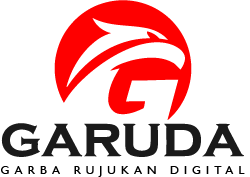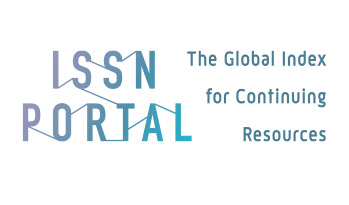EFEKTIFITAS POSISI JONGKOK DAN POSISI MIRING KIRI TERHADAP PERCEPATAN KEMAJUAN PERSALINAN KALA I FASE AKTIF PADA IBU INPARTU DI RSUD TALUK KUANTAN
DOI:
https://doi.org/10.37776/zkeb.v10i3.742Keywords:
Childbirth, Childbirth Positions, Mother InpartuAbstract
Childbirth is a process of opening and thinning of the cervix and the fetus downinto the birth canal. One of the efforts made in order to make the process of childbirth stage 1 active phase smoothly especially for younger pregnant women and primiparous . theywere directed for the position that feels comfortable and helps them to accelarate the opening of the cervix and decrease head.There is also the advantage of squatting position is a natural position during childbrith because it utilizes the force of gravity,while the left tilted position is the blood circulation behind the mother can run smoothly.This study aims to determine the difference between a squat position and leaningto left position to accelerate the progress of the active phase of the first stage ofprimiparous in RSUD Taluk Kuantan.Method: This study uses True experimental research design with the design o wo ptretest-posttest design. The population is all inpartu in RSUD Taluk Kuantan. Samples were selected by purposive sampling technique amounts to 30 people. The research instrument using the partograph.From all of the respondentsin get in as many as 15 getgive position in a squat and oblique position left 15 in give an oblique position left at get all respondents progress childbirth when i phase as many as 13 activite respondents. However statistical test the significance 0,014.In conclusion an oblique position left more effective against the acceleration of progress with the delivery phase when i turned on in mommy inpartu as opposed to the position of squat in rsud taluk kuantan. On advice at RSUD Taluk Kuantan can choose a position at home that is the position of the most effective and speed up progress childbirth kala I. active phaseDownloads
References
Ariastuti, D. N., Sucipto, E dan Andari, D. I. (2014). Hubungan Antara Posisi Miring Kiri Dengan Proses Mempercepat Penurunan Kepala Janin Pada Proses Persalinan. Jurnal Kesehatan, 60–64.
Damayanti, Ika Putri. Maita, Liva. Triana, Ani. Afni, R. (2014). Buku Ajar Asuhan Kebidanan Komprehensif pada Ibu Bersalin dan Bayi Baru Lahir. Yogyakarta: Deepublish.
Dini Fitri Damayanti, Natalia Nonit Rohuna, N. K. (2019). Lama Persalinan Kala II Pada Ibu Bersalin Primipara Berdasarkan Posisi. Mimbar Ilmiah Kesehatan Ibu Dan Anak (Maternal And Neonatal Health Journal), 3(2), 60–65.
Indrasari, N. (2014). Perbedaan Lama Persalinan Kala II Pada Posisi Miring Dan Posisi Setengah Duduk. Jurnal Ilmiah Keperawatan Sai Betik, X(1), 75–81. Retrieved from https://ejurnal.poltekkes-tjk.ac.id/index.php/JKEP/article/view/321
Manuaba. (2013). Ilmu Kebidanan, Penyakit Kandungan, dan Keluarga Berencana untuk Pendidikan Bidan. Jakarta: EGC.
Profil Kesehatan Republik Indonesia. (2017). Profil Kesehatan Republik Indonesia tahun 2017.
Saleng, Hasriani. Ohorella, Fadjriah. Gusriani, I. (2019). Perbandingan antara Posisi Miring dengan Posisi Setengah Duduk terhadap Lama Kala II ibu Inpartu. Sains, Seminar Nasional Penelitian, Lembaga Pengabdian, D A N Uit, Masyarakat, 4–12.
Sulistyawati, A. (2010). Buku Ajar Asuhan Kebidanan pada Ibu Nifas. Jogjakarta: CV. Andi Offset.
Syarifah, D., Kes, M., Novita, N., Kes, M., & Septeria, I. P. (2013). Analisis Perbedaan Posisi Persalinan Setengah Dudu dan Miring Kiri Terhadap Lamanya Kala Ii Pada Ibu Bersalin Di Bidan Praktik Mandiri Kota Palembang Tahun 2013.
Widyawati, E. F. I. (2017). EFEKTIVITAS METODE HYPNOBIRTHING TERHADAP PERCEPATAN KALA I FASE AKTIF DI BPM NY. GANIK KEDIRI TAHUN 2014. Jurnal Kesehatan Ibu Dan Anak, 02, 47.
Yanti. (2010). Buku Ajar Asuhan Kebidanan Persalinan. Yogyakarta: Pustaka Rihana
















